-
 Bitcoin
Bitcoin $117400
-0.46% -
 Ethereum
Ethereum $3768
0.60% -
 XRP
XRP $3.551
2.09% -
 Tether USDt
Tether USDt $1.000
0.00% -
 Solana
Solana $203.2
11.30% -
 BNB
BNB $770.9
1.92% -
 USDC
USDC $0.9999
0.01% -
 Dogecoin
Dogecoin $0.2709
-0.02% -
 Cardano
Cardano $0.9024
4.49% -
 TRON
TRON $0.3139
0.60% -
 Hyperliquid
Hyperliquid $45.60
-1.41% -
 Stellar
Stellar $0.4730
-1.34% -
 Sui
Sui $4.025
2.15% -
 Chainlink
Chainlink $19.79
2.19% -
 Hedera
Hedera $0.2724
-2.39% -
 Avalanche
Avalanche $25.93
3.05% -
 Bitcoin Cash
Bitcoin Cash $524.0
-1.83% -
 Shiba Inu
Shiba Inu $0.00001558
0.50% -
 Litecoin
Litecoin $116.7
-0.30% -
 UNUS SED LEO
UNUS SED LEO $8.996
0.00% -
 Toncoin
Toncoin $3.334
1.83% -
 Polkadot
Polkadot $4.506
0.34% -
 Uniswap
Uniswap $10.99
4.83% -
 Ethena USDe
Ethena USDe $1.001
0.03% -
 Pepe
Pepe $0.00001461
3.17% -
 Monero
Monero $320.3
-1.01% -
 Bitget Token
Bitget Token $4.935
0.36% -
 Dai
Dai $0.9998
0.00% -
 Aave
Aave $322.4
-1.25% -
 Bittensor
Bittensor $455.6
9.33%
Understanding the order book in futures trading
The order book in crypto futures displays real-time buy and sell orders, helping traders assess liquidity, market depth, and potential price movements.
Jul 22, 2025 at 04:21 am
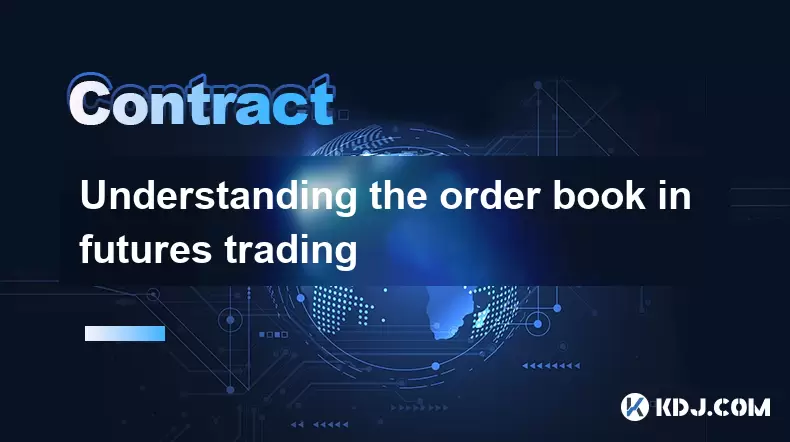
What is an Order Book in Futures Trading?
In the realm of cryptocurrency futures trading, the order book is a real-time list of buy and sell orders for a particular futures contract. It provides traders with a transparent view of market depth, price levels, and liquidity. Each entry in the order book represents a trader's intent to buy or sell at a specified price. The order book is typically divided into two sections: bids (buy orders) and asks (sell orders).
The bids are arranged in descending order, showing the highest prices buyers are willing to pay. Conversely, the asks are listed in ascending order, indicating the lowest prices sellers are willing to accept. The highest bid and the lowest ask represent the current market price and are crucial for executing trades instantly.
How Does the Order Book Work?
The order book functions as a centralized ledger that matches buyers and sellers in the market. When a trader places a limit order, it gets added to the order book at the specified price level. If the order is a market order, it will immediately match with the best available price in the order book.
For example, if a trader wants to buy 1 BTC futures contract at $30,000, and there is a sell order at that price, the trade will execute instantly. If not, the buy order will remain in the order book until a matching sell order appears. This dynamic interaction between orders is what drives price movements in the market.
The order book also reflects liquidity concentration. If there are large orders clustered at certain price levels, it may indicate strong support or resistance zones. Traders often analyze these zones to make informed decisions.
Understanding Market Depth Through the Order Book
Market depth is a visual representation of the order book, usually displayed as a chart or a ladder. It shows the cumulative volume of buy and sell orders at different price levels. The market depth helps traders gauge how easy it is to enter or exit a position without significantly affecting the price.
A deep order book with high liquidity means that large orders can be executed with minimal price slippage. Conversely, a shallow order book indicates low liquidity, which can lead to significant price swings when large orders are placed. Traders often look at the order book imbalance — the difference between buy and sell volumes — to anticipate short-term price movements.
For instance, if the buy wall (a large volume of buy orders at a certain price) is significantly larger than the sell wall, it may suggest that the price could rise once the immediate sell orders are absorbed.
Types of Orders and Their Impact on the Order Book
There are several types of orders that traders can place in futures markets, each affecting the order book differently:
- Limit Orders: These are placed at specific prices and remain in the order book until matched. They add liquidity to the market.
- Market Orders: These execute immediately at the best available price and remove liquidity from the order book.
- Stop-Loss Orders: These are conditional orders that become market orders once a specified price is reached. They are often used to limit losses.
- Take-Profit Orders: Similar to stop-loss orders, these are used to automatically close a position when a desired profit level is reached.
- Iceberg Orders: These are large orders that are partially visible in the order book. The rest of the order remains hidden to avoid revealing the full size of the trade.
Understanding how these orders interact with the order book is essential for effective trading. For example, placing a large limit order can create a visible order wall that may influence other traders' behavior.
How to Read and Interpret the Order Book
Reading the order book effectively requires understanding its structure and visual representation. Most trading platforms display the order book in a table format with three columns:
- Price: The price at which the order is placed.
- Size: The number of contracts or units available at that price.
- Total: The cumulative amount of contracts or units at or above/below a given price.
Some platforms also offer a heatmap or ladder view, which provides a more intuitive way to visualize order concentrations. In this view, buy orders are often shown in green and sell orders in red, with the intensity of color representing the volume at each price level.
Traders can use this information to identify potential entry and exit points. For example, a sudden disappearance of sell orders at a certain price level may indicate that a large market buy order has been executed, potentially pushing the price upward.
Using the Order Book for Trading Strategies
The order book can be a powerful tool for developing and executing trading strategies in cryptocurrency futures. Some common approaches include:
- Order Flow Analysis: Monitoring the flow of orders in real time to detect patterns or anomalies that could signal upcoming price movements.
- Liquidity Hunting: Identifying areas where large orders are placed and anticipating how their execution might affect the market.
- Order Book Reversals: Watching for sudden changes in the order book, such as a rapid increase in sell orders, which may indicate a potential reversal.
- Arbitrage Opportunities: Comparing order books across exchanges to find price discrepancies and profit from them.
For example, a trader might observe a large buy wall just below the current market price and decide to place a buy order slightly above it, anticipating that the wall will push the price higher once it's triggered.
Frequently Asked Questions
Q: What is the difference between the order book and trade history?
A: The order book shows pending buy and sell orders, while the trade history displays executed trades. The order book provides insight into future supply and demand, whereas trade history reflects past transactions.
Q: Can I hide my orders in the order book?
A: Yes, some exchanges allow iceberg orders, where only a portion of your total order is visible in the order book. This prevents other traders from seeing your full position.
Q: Why do order books differ across exchanges?
A: Each exchange has its own set of users, liquidity providers, and order types. As a result, the order book on one exchange may look significantly different from another, even for the same asset.
Q: How does high-frequency trading (HFT) affect the order book?
A: HFT algorithms can place and cancel orders rapidly, creating artificial liquidity or manipulating the order book. This can make it more challenging for retail traders to interpret genuine market sentiment.
Disclaimer:info@kdj.com
The information provided is not trading advice. kdj.com does not assume any responsibility for any investments made based on the information provided in this article. Cryptocurrencies are highly volatile and it is highly recommended that you invest with caution after thorough research!
If you believe that the content used on this website infringes your copyright, please contact us immediately (info@kdj.com) and we will delete it promptly.
- XRP, Bitcoin, Ripplecoin: Navigating the Crypto Landscape in 2025
- 2025-07-22 20:30:13
- Cardano Ecosystem Watch: Can PayFi Token Remittix Trigger an ADA Overtake?
- 2025-07-22 20:50:13
- JasmyCoin Price Forecast: Chart Analysis Points to Potential Surge
- 2025-07-22 20:55:13
- Remittix, XRP, and Dogecoin: What's Hot in the Crypto Game Right Now?
- 2025-07-22 20:10:14
- BlockchainFX, PEPE, and USDT: What's the Buzz in the Crypto Jungle?
- 2025-07-22 18:50:12
- Ripple's RLUSD: Institutional Backing Fuels Stablecoin Ascent
- 2025-07-22 18:30:12
Related knowledge
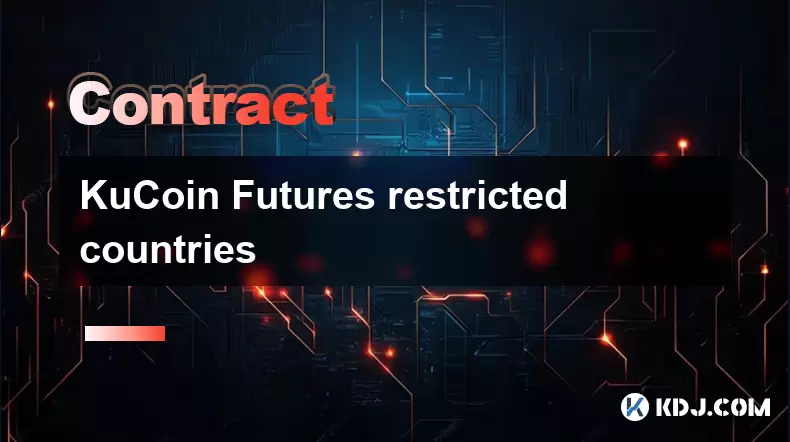
KuCoin Futures restricted countries
Jul 22,2025 at 09:00pm
Understanding KuCoin Futures and Geographic RestrictionsKuCoin Futures is a popular platform for trading perpetual and delivery futures contracts on c...
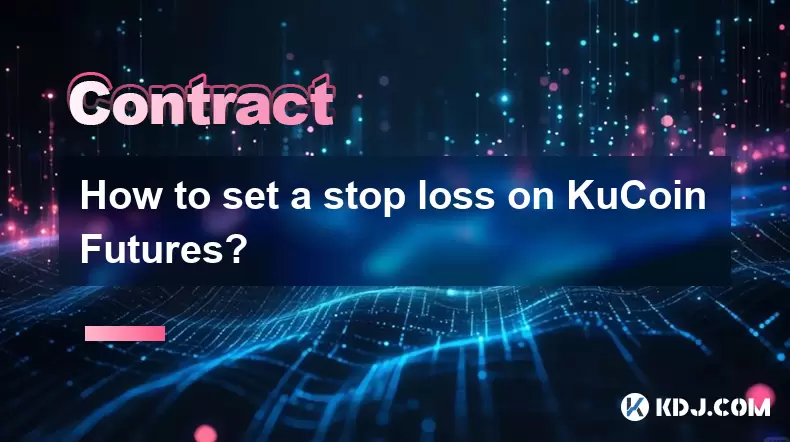
How to set a stop loss on KuCoin Futures?
Jul 22,2025 at 08:01pm
Understanding Stop Loss in KuCoin FuturesA stop loss is a risk management tool that automatically closes a position when the market moves against you ...
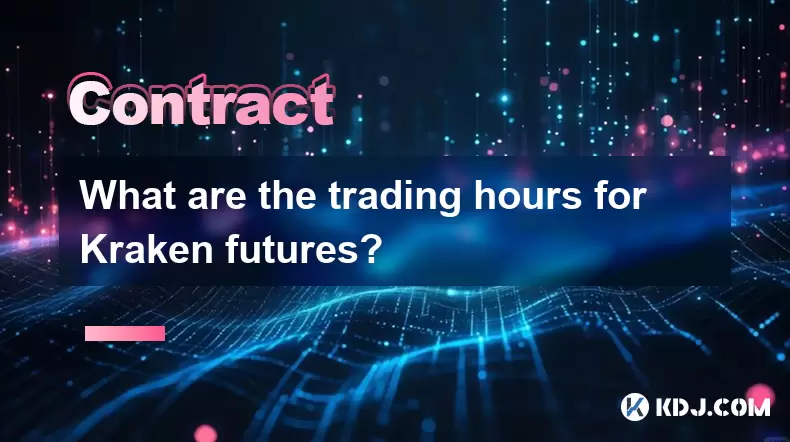
What are the trading hours for Kraken futures?
Jul 22,2025 at 08:49pm
Understanding Kraken Futures Trading HoursKraken Futures, a product of the well-established cryptocurrency exchange Kraken, offers users the ability t...
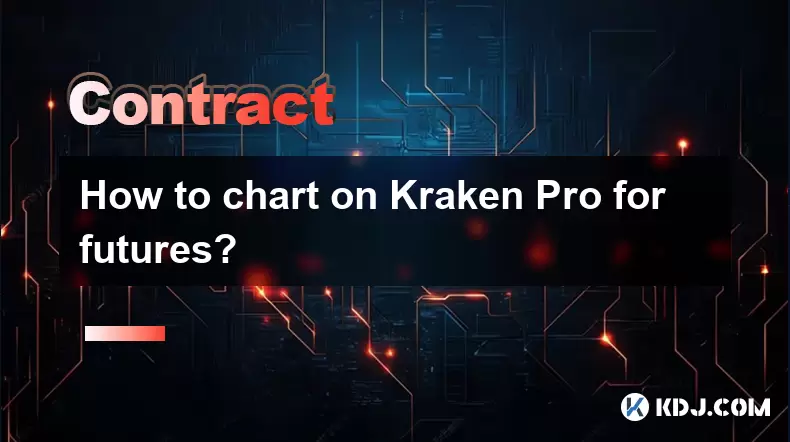
How to chart on Kraken Pro for futures?
Jul 22,2025 at 07:42pm
Understanding Kraken Pro Futures InterfaceBefore diving into charting, it’s essential to recognize how Kraken Pro structures its futures trading envir...
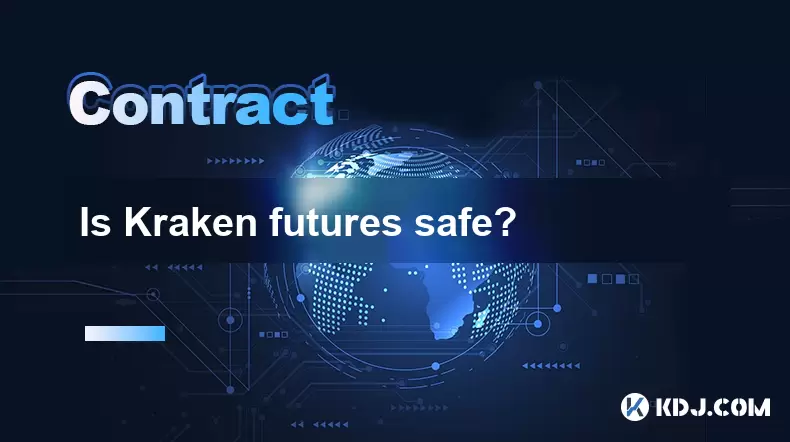
Is Kraken futures safe?
Jul 22,2025 at 08:07pm
Understanding Kraken Futures and Its Regulatory FrameworkKraken Futures, operated by the well-known cryptocurrency exchange Kraken, is a platform desi...
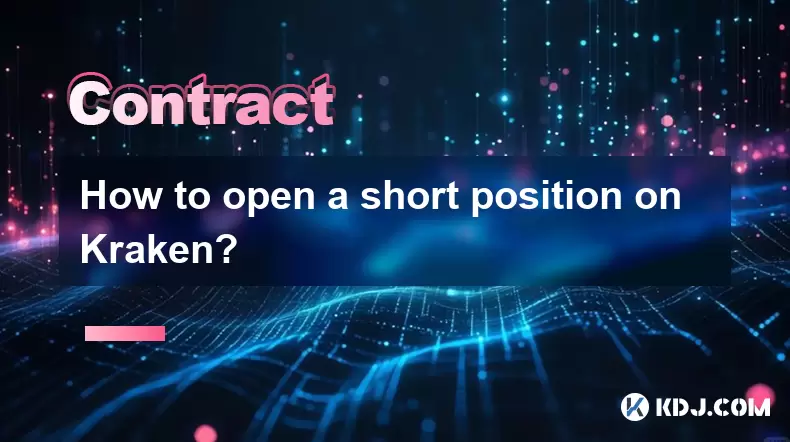
How to open a short position on Kraken?
Jul 22,2025 at 05:00pm
Understanding Short Positions in CryptocurrencyA short position allows traders to profit from a decline in the price of an asset. On Kraken, this is p...

KuCoin Futures restricted countries
Jul 22,2025 at 09:00pm
Understanding KuCoin Futures and Geographic RestrictionsKuCoin Futures is a popular platform for trading perpetual and delivery futures contracts on c...

How to set a stop loss on KuCoin Futures?
Jul 22,2025 at 08:01pm
Understanding Stop Loss in KuCoin FuturesA stop loss is a risk management tool that automatically closes a position when the market moves against you ...

What are the trading hours for Kraken futures?
Jul 22,2025 at 08:49pm
Understanding Kraken Futures Trading HoursKraken Futures, a product of the well-established cryptocurrency exchange Kraken, offers users the ability t...

How to chart on Kraken Pro for futures?
Jul 22,2025 at 07:42pm
Understanding Kraken Pro Futures InterfaceBefore diving into charting, it’s essential to recognize how Kraken Pro structures its futures trading envir...

Is Kraken futures safe?
Jul 22,2025 at 08:07pm
Understanding Kraken Futures and Its Regulatory FrameworkKraken Futures, operated by the well-known cryptocurrency exchange Kraken, is a platform desi...

How to open a short position on Kraken?
Jul 22,2025 at 05:00pm
Understanding Short Positions in CryptocurrencyA short position allows traders to profit from a decline in the price of an asset. On Kraken, this is p...
See all articles

























































































